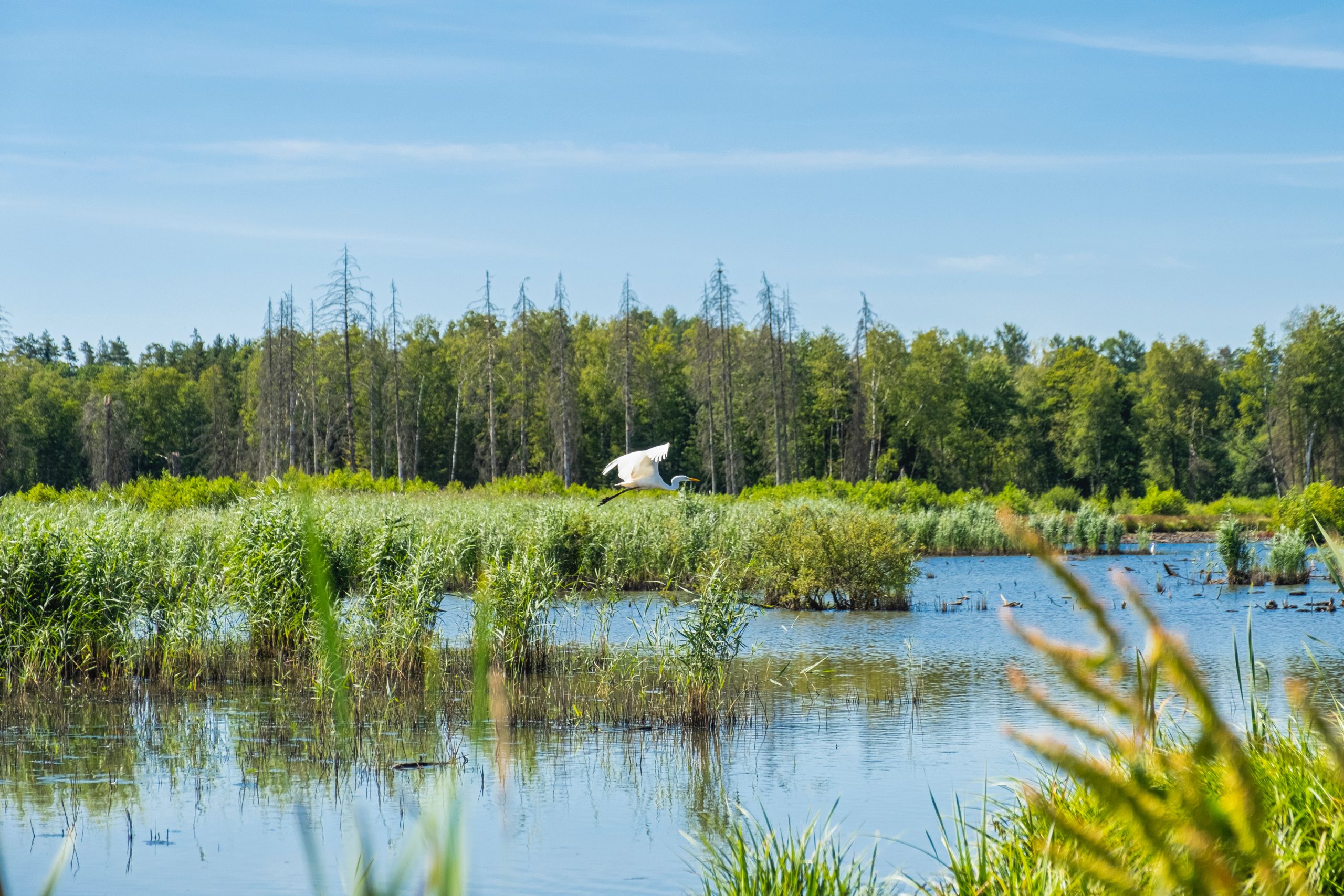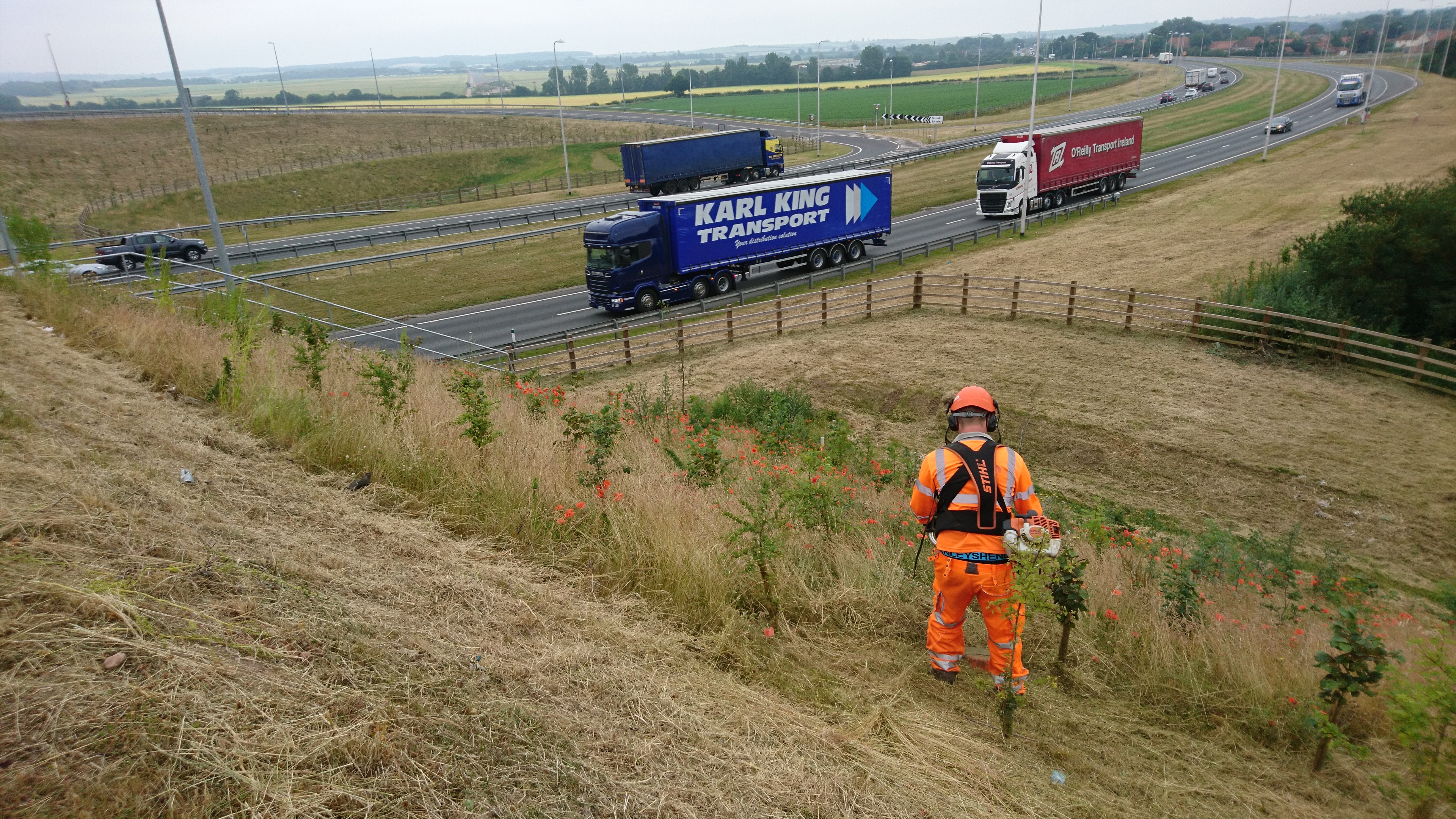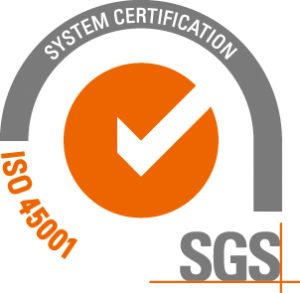In an era marked by environmental challenges and the urgent need for sustainable development, biodiversity conservation has become a paramount concern. Enter Biodiversity Net Gain (BNG), a concept that has gained significant traction in recent years to balance development with the preservation of our natural ecosystems. We’re still eagerly anticipating updated details regarding the 10% improvements for Biodiversity Net Gain which come into effect on new developments from February 2024. But how do we measure the success of Biodiversity Net Gain? In this blog, we'll dive into the fascinating world of measuring BNG and explore the key tools and strategies used to measure its success.
What is Biodiversity Net Gain?
Before we delve into the measurement aspect, let's quickly recap what Biodiversity Net Gain entails. BNG is a holistic approach to development that aims to leave the natural environment in a better state than before the project began. This means that any biodiversity loss resulting from development activities must be offset by a quantifiable gain in biodiversity elsewhere. More information can be found in our previous blog post, here.
The Importance of Measurement
Measuring Biodiversity Net Gain is essential for several reasons:
1. Accountability: It provides a clear framework to assess whether development projects are meeting their BNG commitments.
2. Improvement: Measurement helps identify areas where improvements can be made to enhance the net gain achieved.
3. Transparency: It fosters transparency in the development process, allowing stakeholders to see the real impact of projects on biodiversity.
Tools for Measuring Biodiversity Net Gain
1. Biodiversity Impact Assessment (BIA): A BIA is a comprehensive study that assesses the potential impact of a development project on biodiversity. It helps identify the areas where biodiversity may be lost.
2. Biodiversity Metrics: Metrics are used to quantify biodiversity, and there are various indices and indicators available for this purpose. The Biodiversity Metric 2.0, for example, is widely used in the United Kingdom.
3. Habitat and Species Surveys: Conducting surveys to identify and quantify the existing habitat types and species present in an area is crucial for measuring net gain accurately.
4. Geographic Information Systems (GIS): GIS technology is used to map and analyse the distribution of biodiversity and habitats, making it an invaluable tool in BNG assessments.
Strategies for Achieving Biodiversity Net Gain
1. Habitat Creation and Enhancement: One of the primary strategies is to create new habitats or enhance existing ones. This might involve rewilding, planting native species, or restoring degraded ecosystems.
2. Biodiversity Offsetting: Developers may offset biodiversity loss by investing in conservation efforts in other locations, which can include restoring or protecting ecologically valuable areas.
3. Ecological Restoration: Restoration projects focus on reviving degraded ecosystems, helping them regain their biodiversity and ecological functionality.
4. Sustainable Land Management: Implementing sustainable land management practices on development sites can minimise biodiversity loss and promote net gain.
Measuring Biodiversity Net Gain is a vital step in ensuring that development and conservation can coexist harmoniously. The tools and strategies mentioned here are just the tip of the iceberg, as this field continues to evolve with advancements in science and technology. At ATM, we can help guide you through your whole BNG journey. By co-ordinating expert advice, identifying opportunities for biodiversity enhancement, assisting with legal compliance, and executing the work, we can help ensure that new development and the maintenance of current contracts leave the natural environment in a better state than it found it.
Contact the team today to discuss how we can help you meet your BNG targets.
 info@atm-ltd.co.uk
info@atm-ltd.co.uk





















